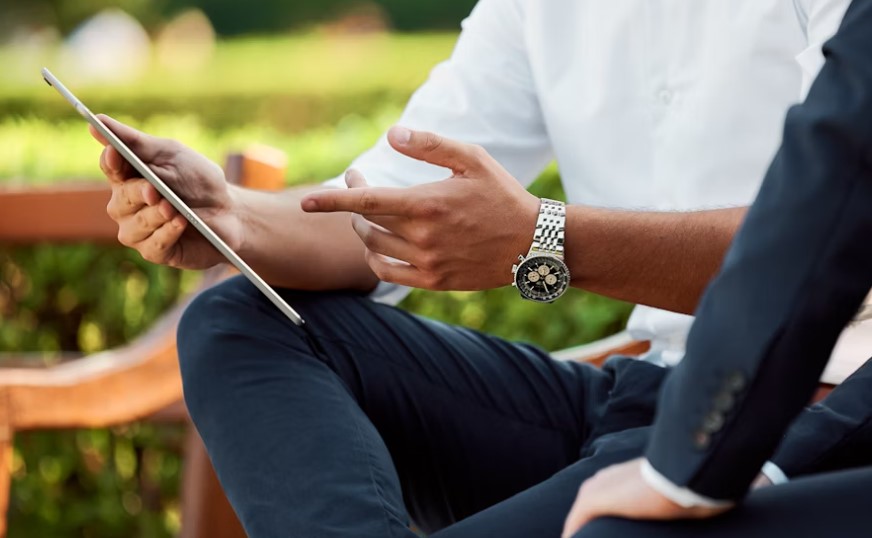Creating your own music video can be a great way to get your music out there and promote yourself as an artist. You may not be able to attain Michael Jackson’s revolutionary music video for his single “Thriller” for now; at least, you can have your own way of promoting your craft.
If you are pursuing a music career, you need to know that music video production isn’t a joke. Creating a quality music video will take a lot of time, effort, and resources. Not to mention the number of people you would need to involve in your project. This is why we created this list of tips to help you get started on your DIY music video.
Before you start shooting your DIY music video, there are things that you need to remember first:
1. Have A Concept In Mind
The first step in creating your DIY music video is to have a concept in mind. What are you trying to achieve with your video? Do you want to tell a story, or do you want to showcase your talents? Once you know what kind of message you want to send, it will be easier for you to develop a treatment and a storyboard for your video.
Storyboard conceptualization is essential. This is where you will be able to determine the shots you need and your music video sequence. A storyboard will also help you plan the budget for your project since you would already know how many locations and props you would need. All these should be done after conceptualization.
2. Get A Crew Together
The next step is to get a crew together. This includes finding people who can help you with your music video production. You would need people for the camera work, lighting, and editing.
It would be best if you could find friends or family members who are willing to help you with your project. However, if you can’t find anyone, you can always hire professionals to help you out. The most important thing here is to find the right people who can bring your ideas into visuals in the most creative way.
3. Find The Right Location
The location is vital in any production. This is where you will be shooting your music video, so it is crucial to find a place that can represent your concept well.
If you are on a tight budget, you can always shoot your music video in your own home or backyard. However, if you want to add more production value to your video, you can always look for rental studios in your area.
4. Set Up Your Camera Equipment
The next step is to set up your camera equipment. This includes choosing the right camera, lens and lighting for your project.
If you are shooting your music video on a tight budget, you can always use your smartphone as long as it has a good camera quality. A wide range of phones nowadays can even shoot videos in 8K. It’s just up to your production crew to utilize the technology to create a great music video.

5. Shoot Your Music Video
Now that everything is set up, it’s time to shoot your music video. Follow your storyboard and treatment to get the shots you need. Your director or DP should be able to guide you on this.
Don’t forget to have fun while shooting your music video. It’s your chance to be creative and experiment with different shots and angles.
It would also be helpful if you could rehearse your performance before shooting. This way, you would know what to do and what not to do in front of the camera.
6. Edit Your Music Video
After shooting your music video, it’s time to edit it and add some finishing touches. This is where you can add visual effects, color correction, and titles.
Editing your music video can be done using a simple video editing software like iMovie or Windows Movie Maker. There are also paid ones with more features like Adobe Premiere Pro and Final Cut Pro. The options are endless. However, if you want to have more control over the outcome of your video, you can always hire a professional editor.
7. Release Your Music Video
The last step is to release your music video. You can do this by uploading it on social media or your website if you have one. You can also submit it to music video festivals or TV shows.
If you want to get more exposure for your music video, you can always submit it to online platforms like YouTube or Vimeo. You can also send it to music blogs or magazines.
Creating your DIY music video can be a fun and rewarding experience. Remember to follow these tips to create a quality music video that you can be proud of.




